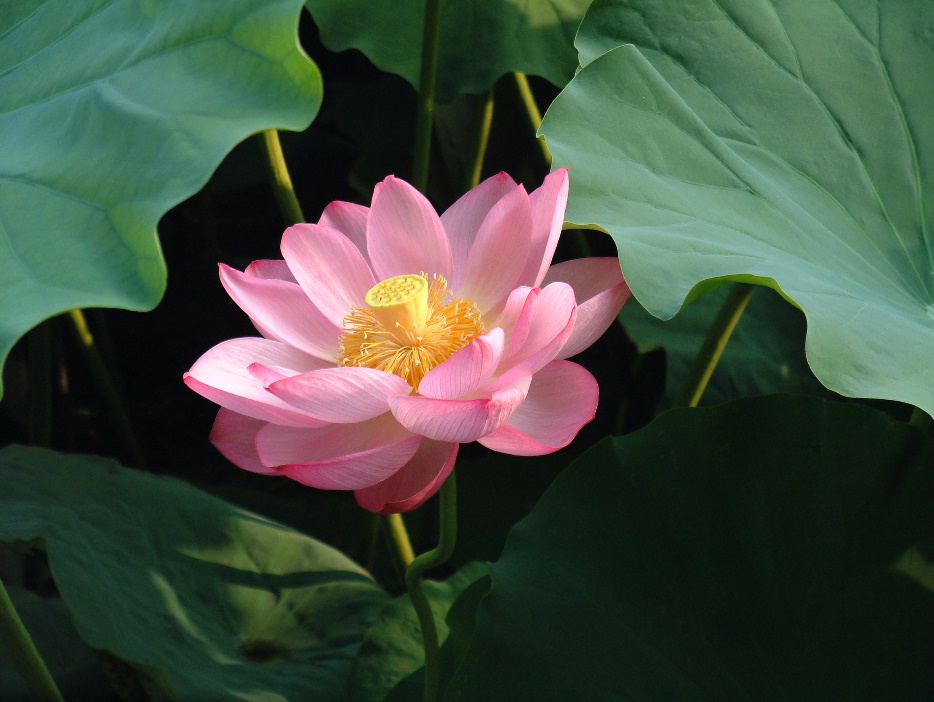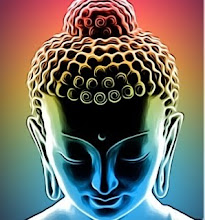
This is fantastic: http://video.google.com/videoplay?docid=185812058748112905.
Musings, Poetry, Politics & Buddhism



"Move beyond any attachment to names."
Every war and every conflict between human beings has happened because of some disagreement about names.
It's such an unnecessary foolishness, because just beyond the arguing there's a long table of companionship, set and waiting for us to sit down.
What is praised is one, so the praise is one too, many jugs being poured into a huge basin.
All religions, all this singing, one song.
Mawlānā Jalāl ad-Dīn Muhammad Rūmī (1207—1273)


